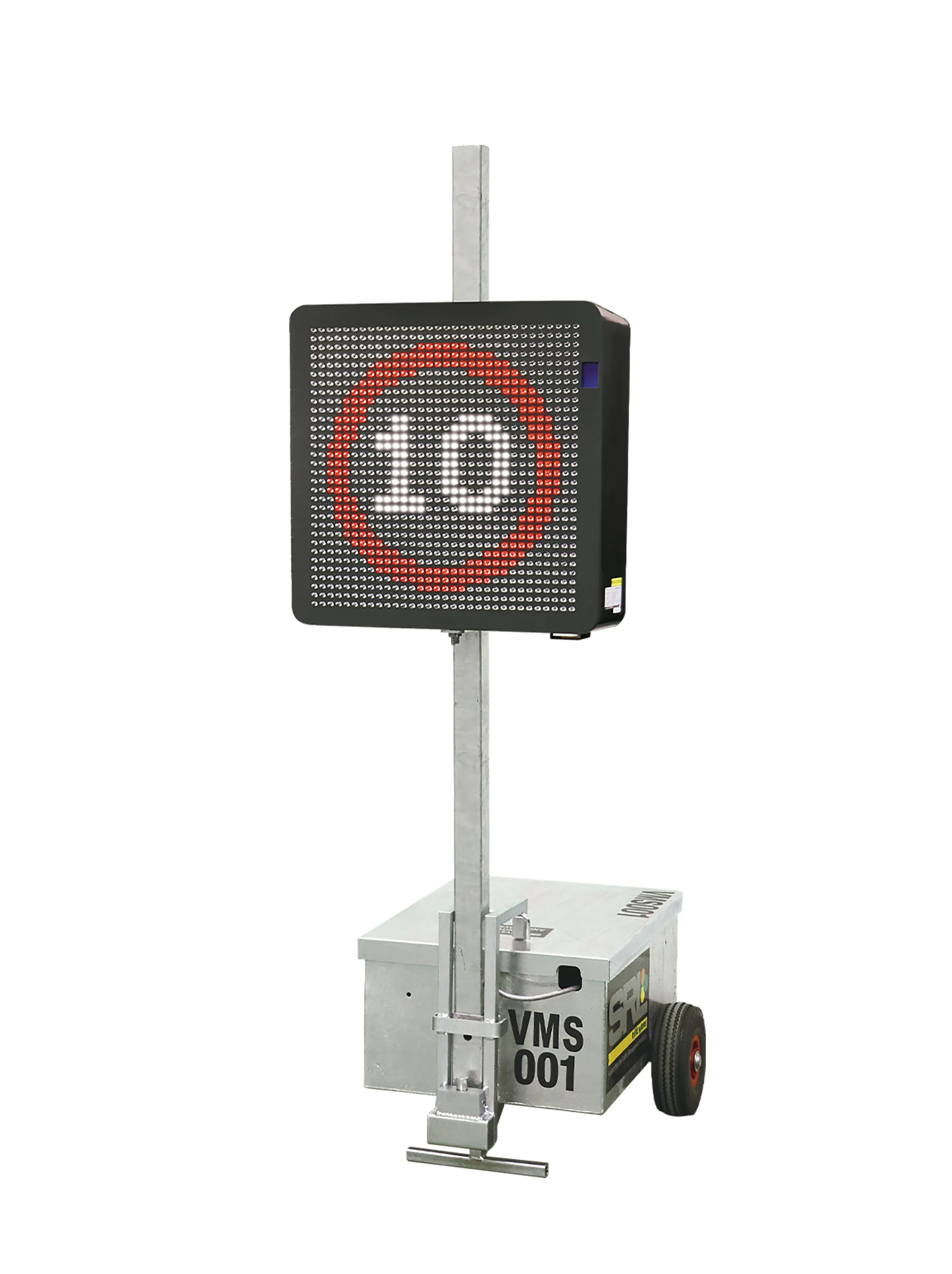
California Department of Transportation (Caltrans) has renewed a deal for Swarco McCain's variable message signs (VMS).
The McCain CMS 800 signs replace the CMS 700 series, jointly developed with Caltrans, and are NEMA TS4-compliant.
Dean Campbell, Caltrans chief at the Office of Systems Development, says: "The CMS 800 signs increase the message contrast and visibility, which helps effectively communicate safety information for all road travellers.”
The full-colour LED displays are available outside California, adds Justin Sigel, director of signs at Swarco McCain.
The CMS 800 features Swarco's patented Precision Optics lens technology and integrated surface-mount 3-in-1 RGB LEDs, which provide exceptional visibility, the firm says - and the 110/120 VAC, 60 Hz internal power supply means exceptionally low energy consumption and low operational costs.
"The CMS 800 has the lowest total cost of ownership, thanks to extremely low power consumption and interchangeable field service assemblies," Sigel suggests.








